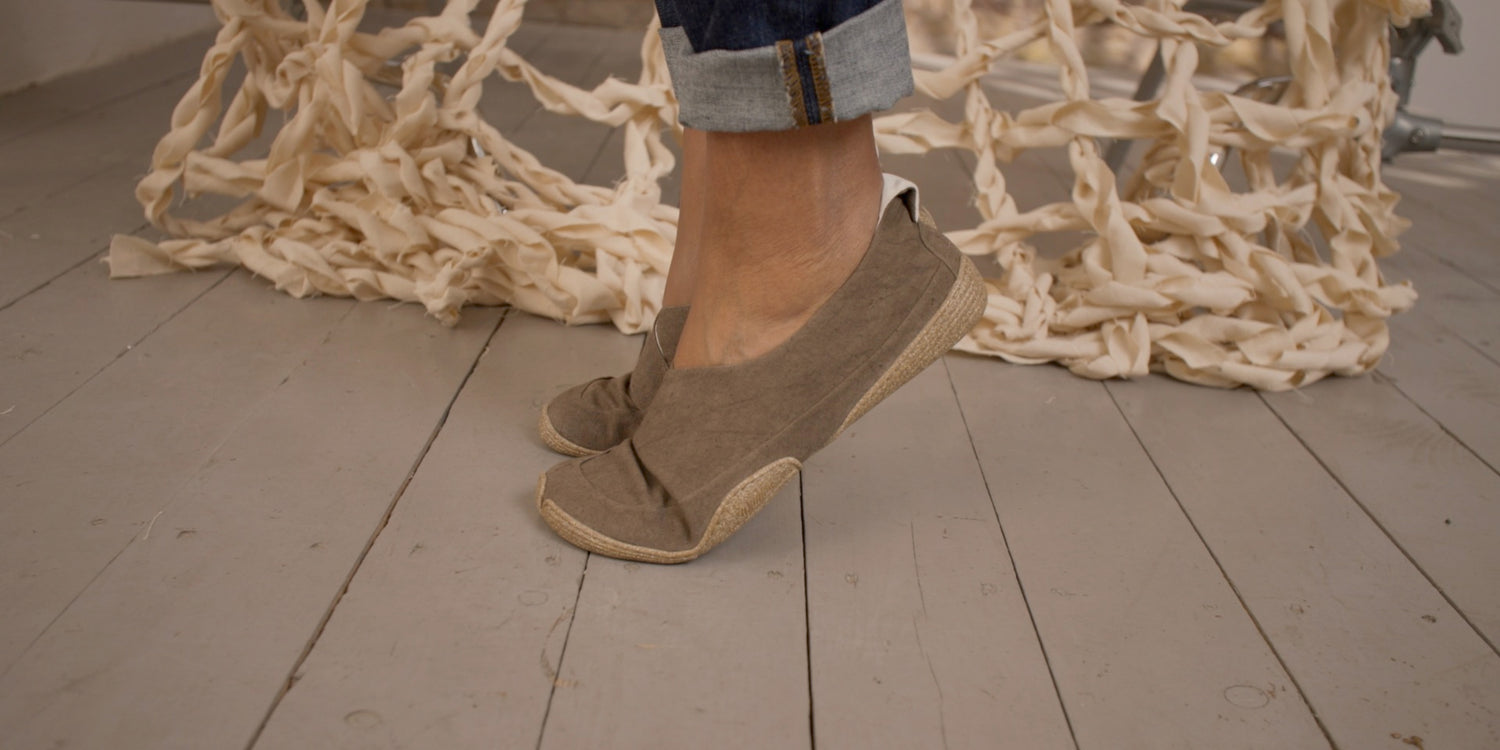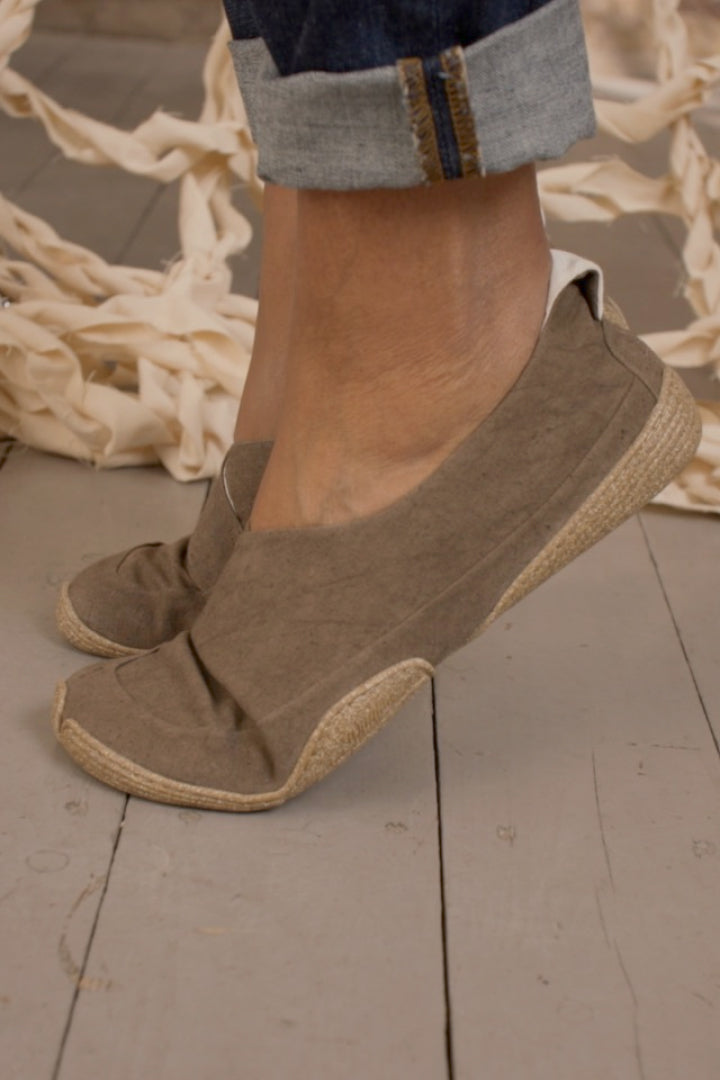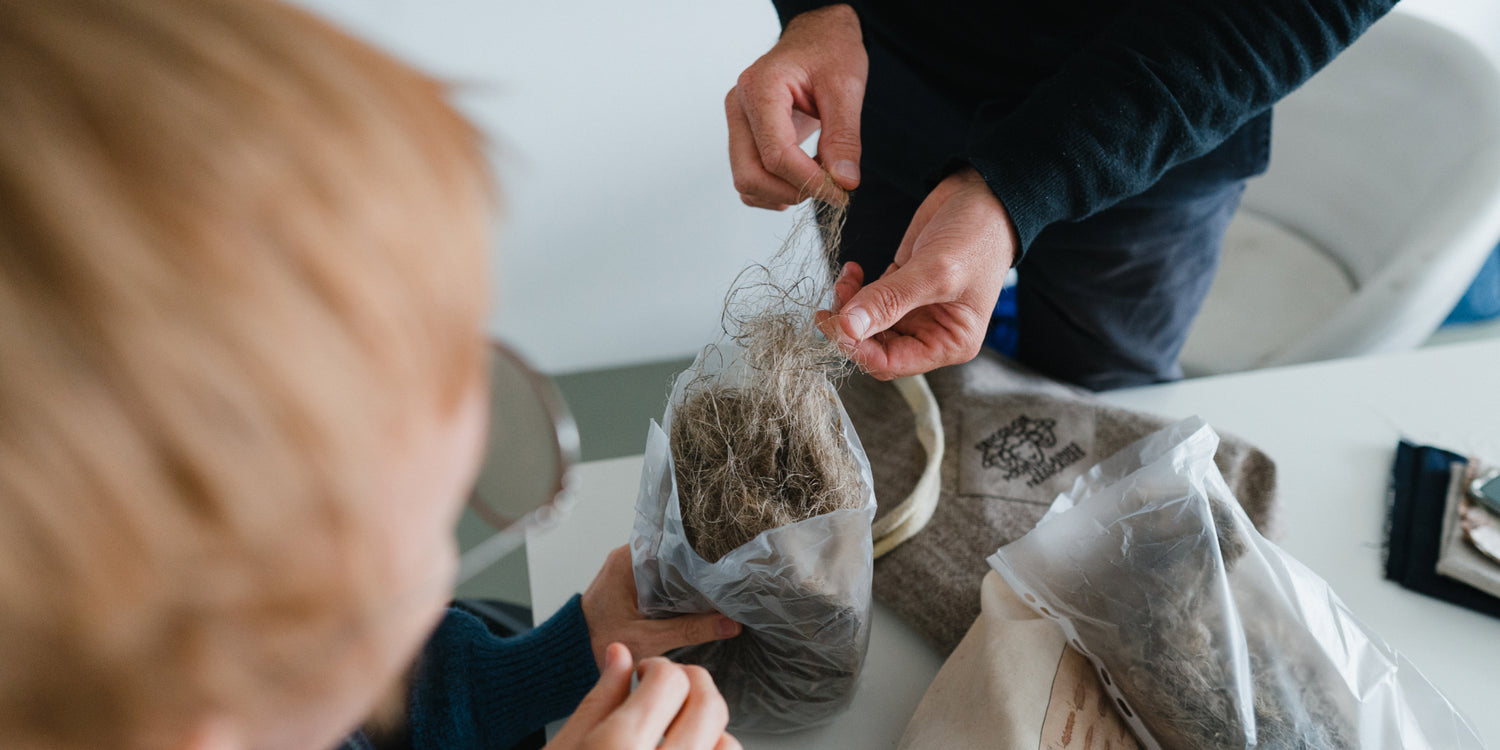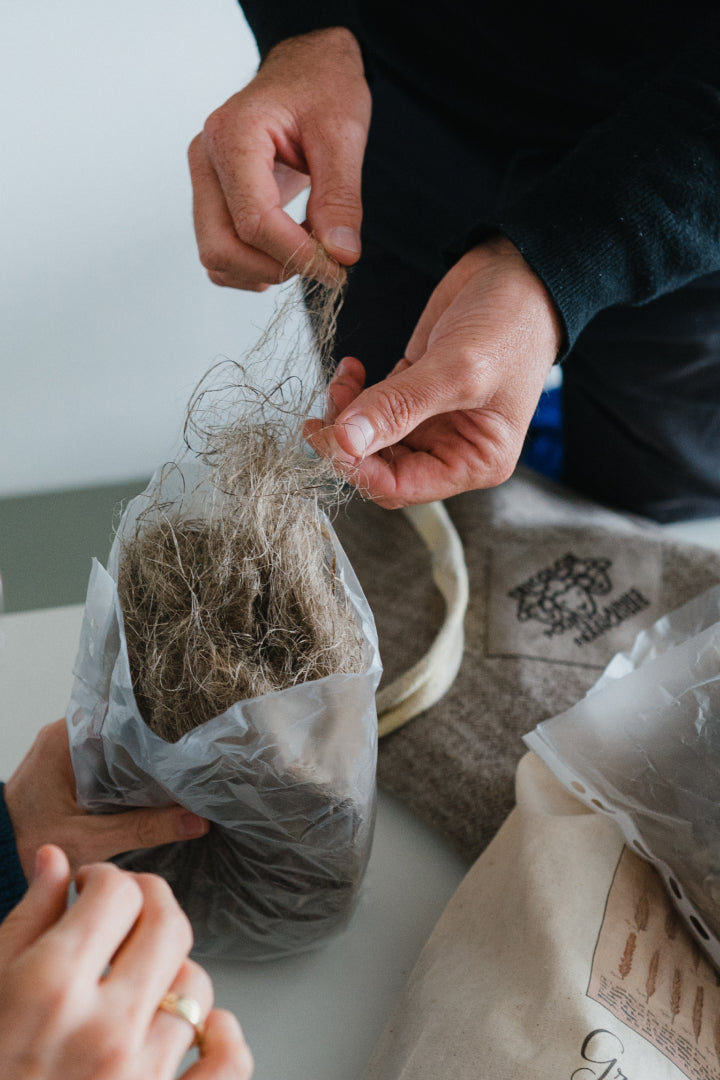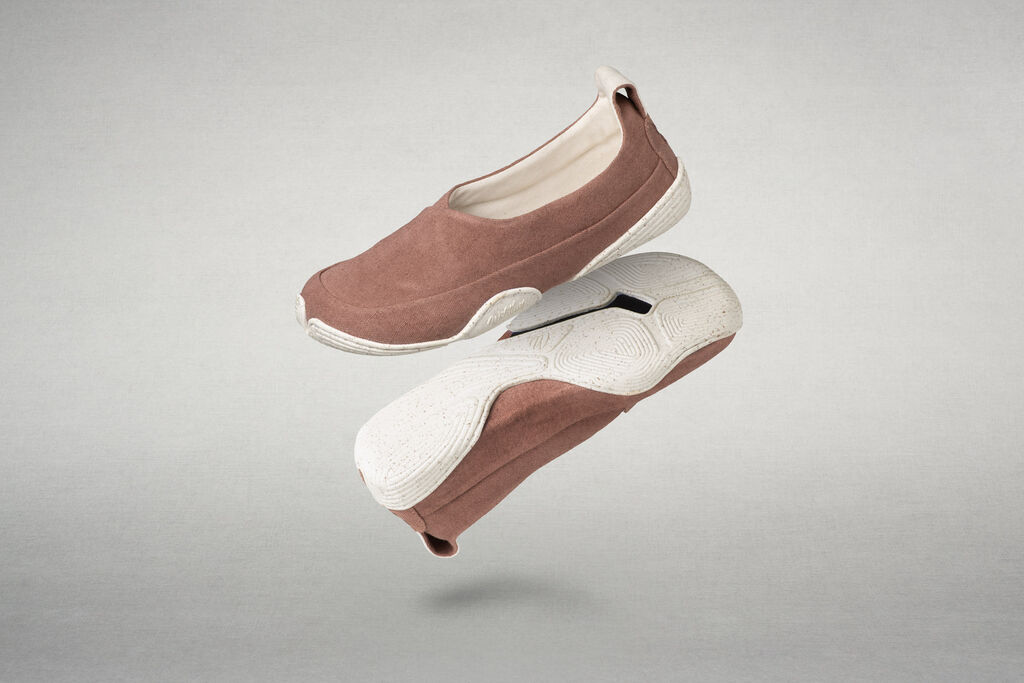An iconic material with a future
In our continuous search for regeneratively produced materials, we cannot get past this cultivated plant: Hemp. It is proving to be a strong, sustainable alternative to cotton and the like. So, it not only grows like weeds or is native to many climatic zones – thanks to its robust, dirt-repellent, and yet soft fibers, it is also wonderfully suitable for further processing for shoe uppers. This is reason enough to revive this iconic material together with like-minded collaboration partners in Europe – together we see ourselves as the Regenerative Collective.
Climate-friendly all-rounder
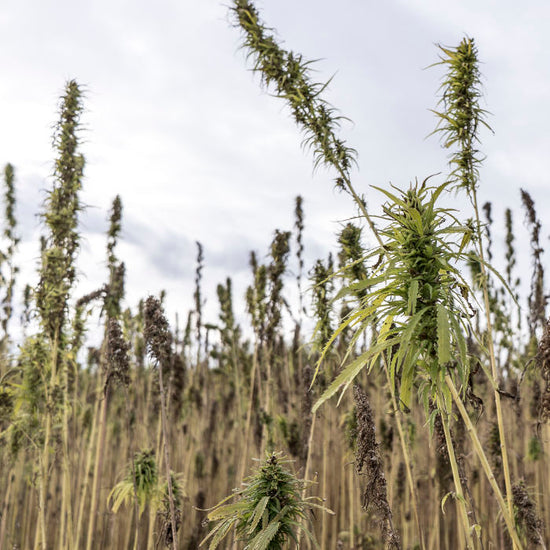
Little water, high yield
Little water, high yield
Industrial hemp is low in requirements. Compared to cotton, it requires far less water in cultivation and at the same time provides a much higher yield.
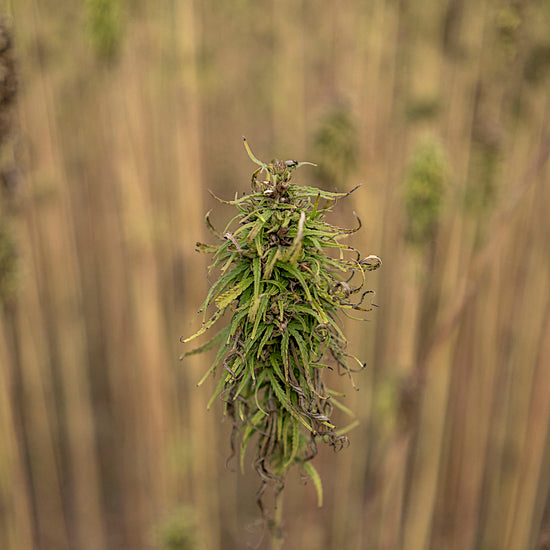
Less pesticides
Less pesticides
The crop is considered particularly resistant to pests compared to conventional cotton and can therefore be cultivated largely pesticide-free.
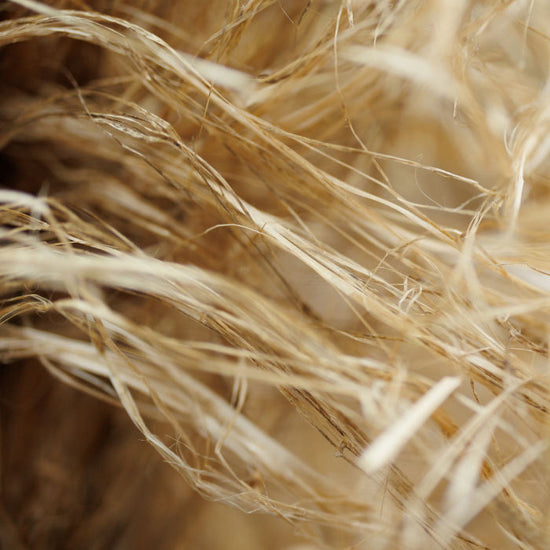
Climate-friendly carbon footprint
Climate-friendly carbon footprint
The European hemp plant has an excellent carbon footprint: It can bind more CO2 than is released during production.
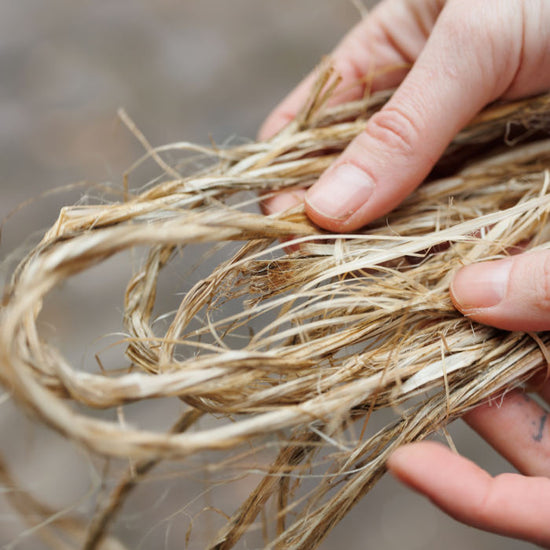
Nutrients for soil
Nutrients for soil
Hemp gives off more nutrients than it consumes. The deep root system promotes the supply of nutrients to deeper soil layers and loosens them.
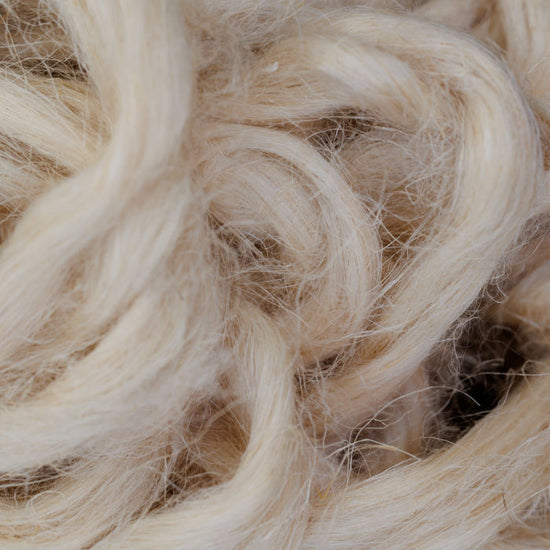
Less weed growth
Less weed growth
Thanks to its rigorous growth, the plant helps to suppress the growth of weeds, thereby reducing the use of herbicides.
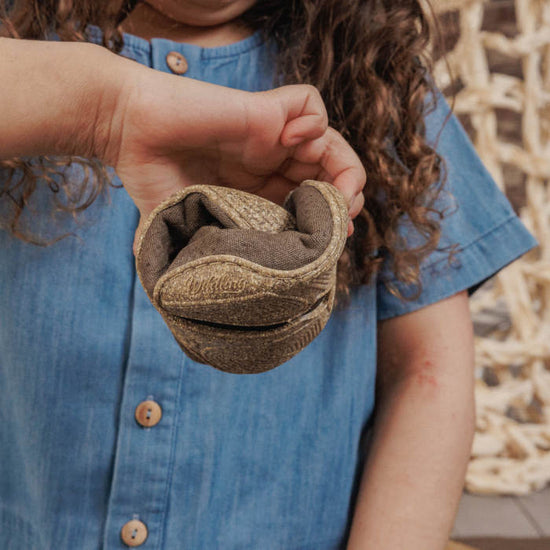
Multifunctional material
Multifunctional material
Hemp fibers are not only soft and comfortable to wear, but also dirt-repellent, tear-resistant and odorless. They also offer a high level of UV protection.
A plant with history
Its roots go back more than 12,000 years: At that time, the world's oldest cultivated plant was used in Persia and China as food and to make clothing. And it was also widespread in Europe until the first half of the 20th century.
This changed in the course of increasing globalization. Because the processing of hemp plants is comparatively complex and therefore often more expensive than, for example, the easier-to-process cotton, which gradually displaced the hemp from our textiles. The consequences: Factories were closed, machines were sold and the knowledge about processing was lost bit by bit, while China developed into the world market leader for textile hemp production.
However, the rediscovery of the classic material, which has been advancing in recent years, is slowly but surely giving the cultivated plant a comeback in Europe – and is thus also paving the way for a more sustainable future for the textile industry.
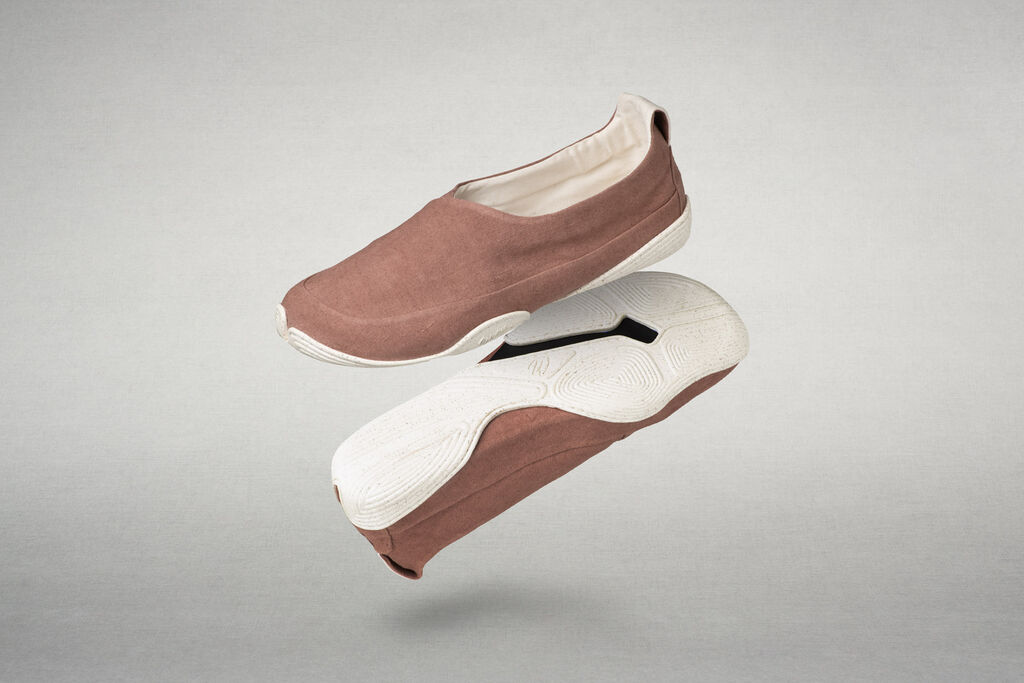
Cahor medium clay
The slip-on with the particularly natural texture.
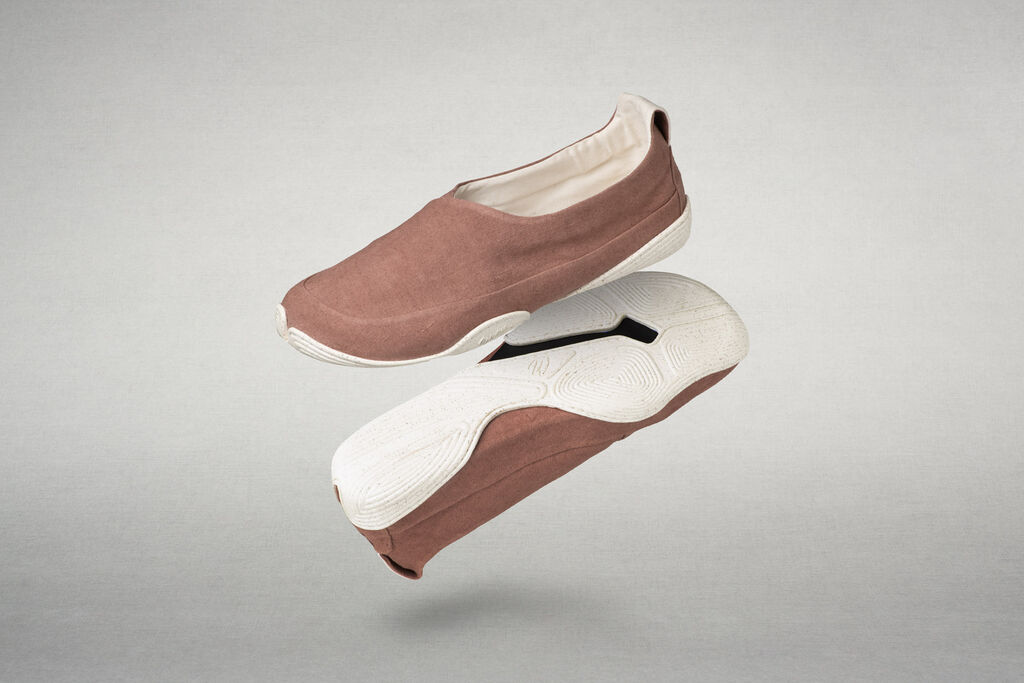
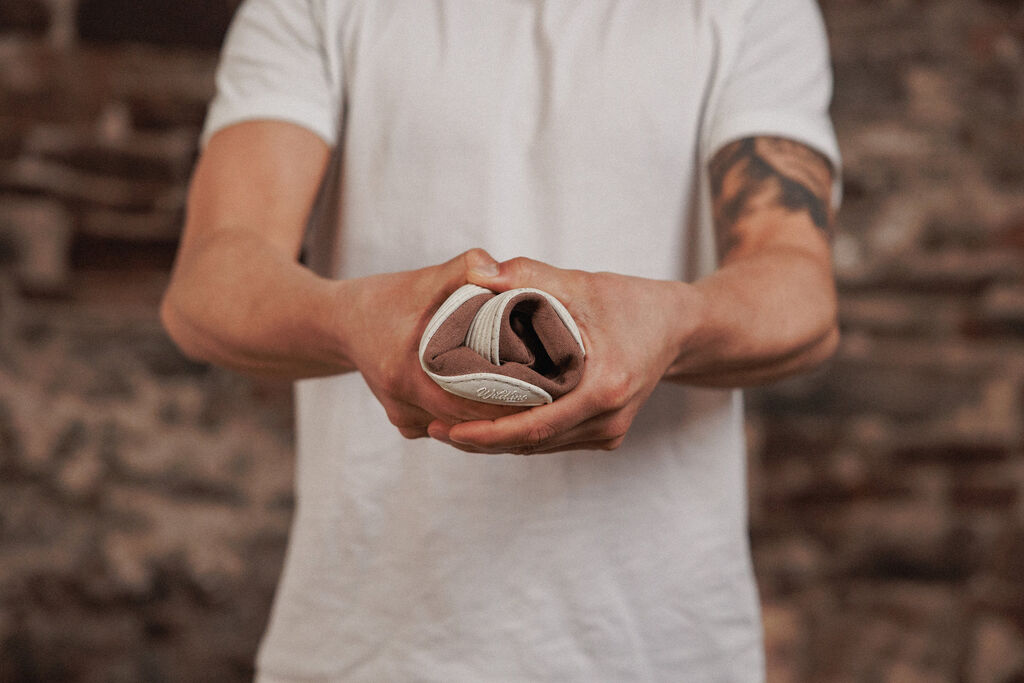
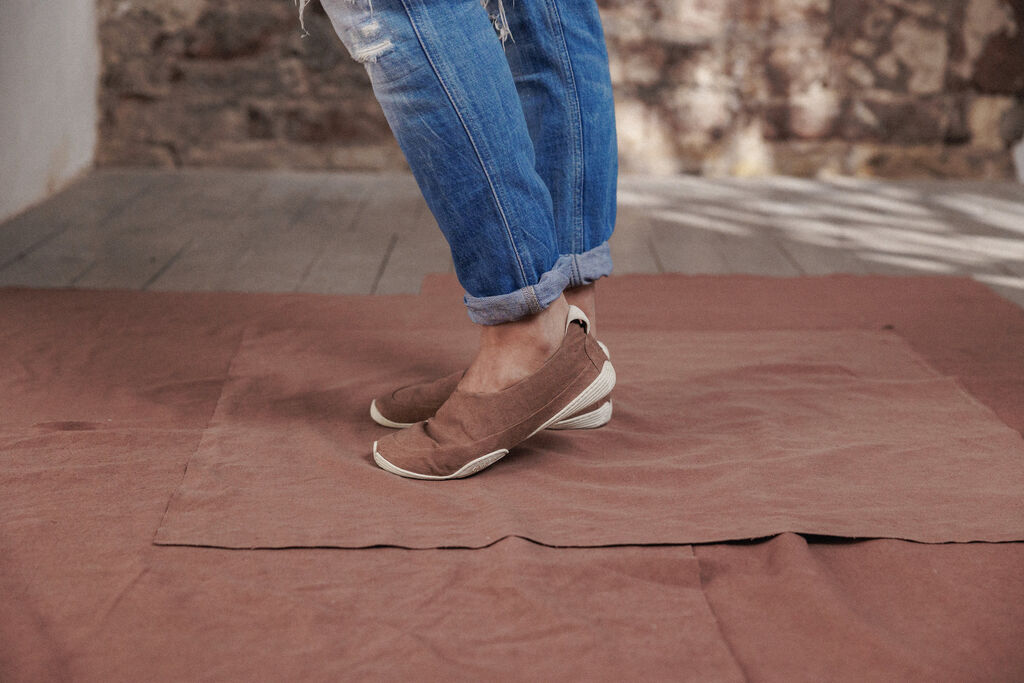
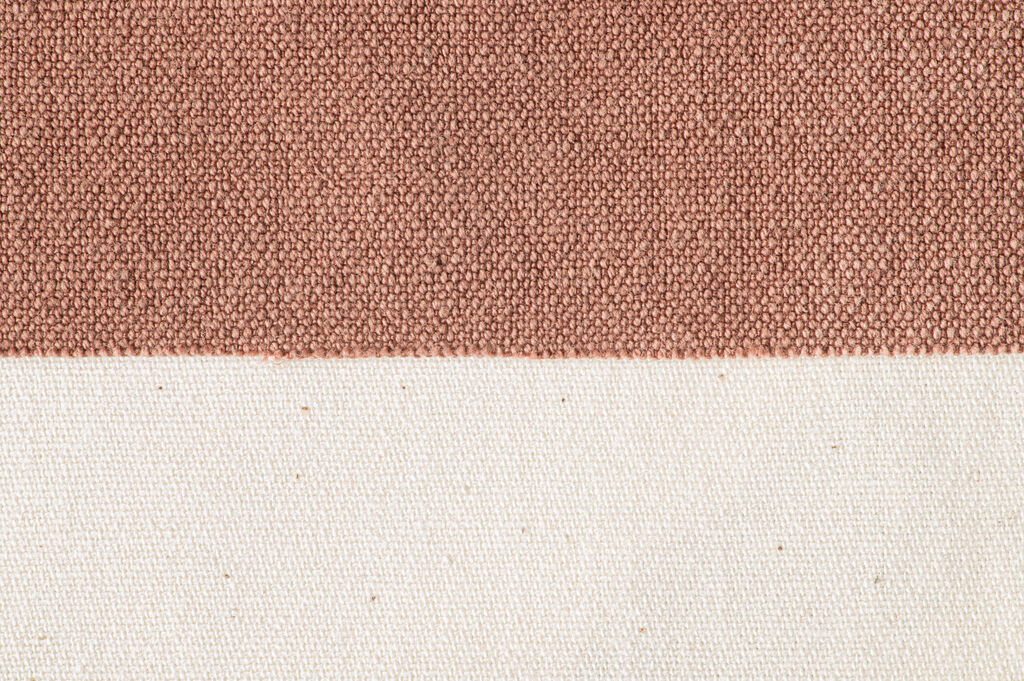
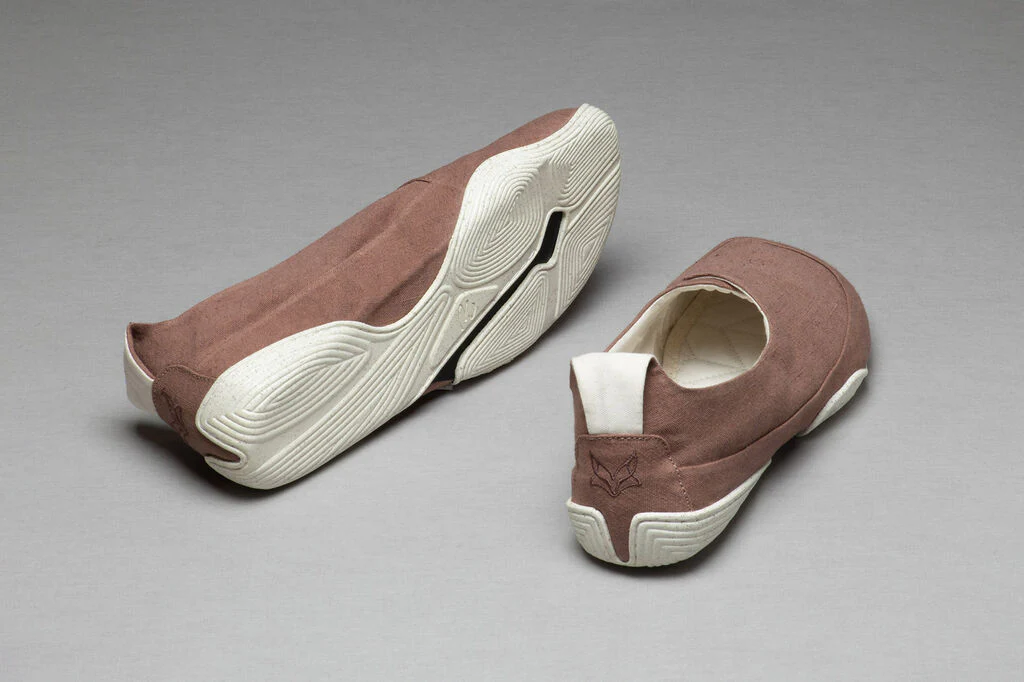
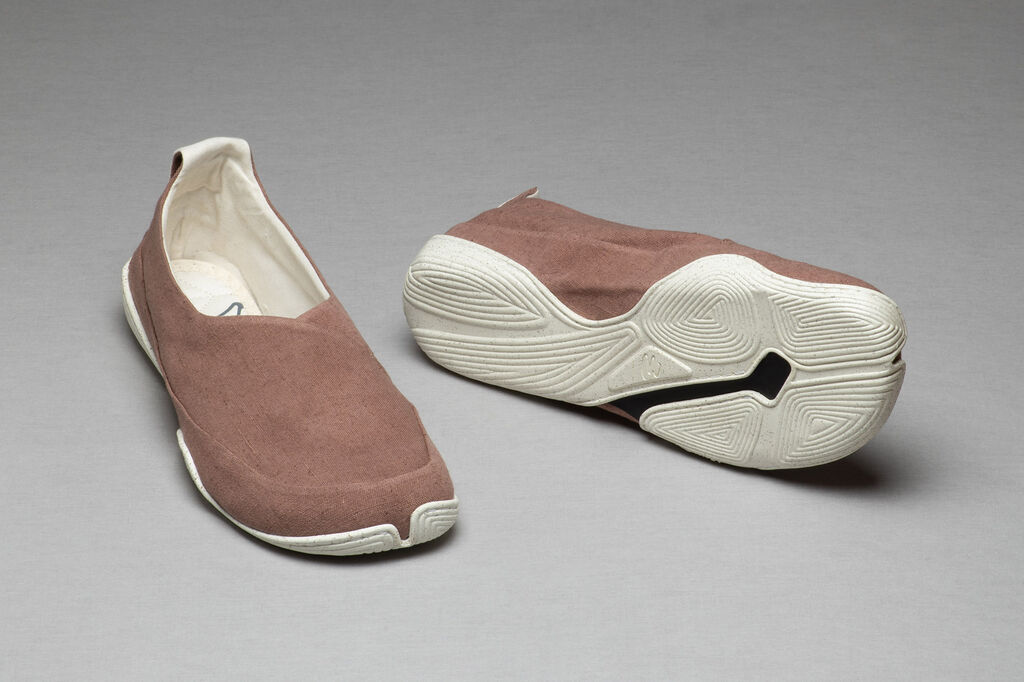
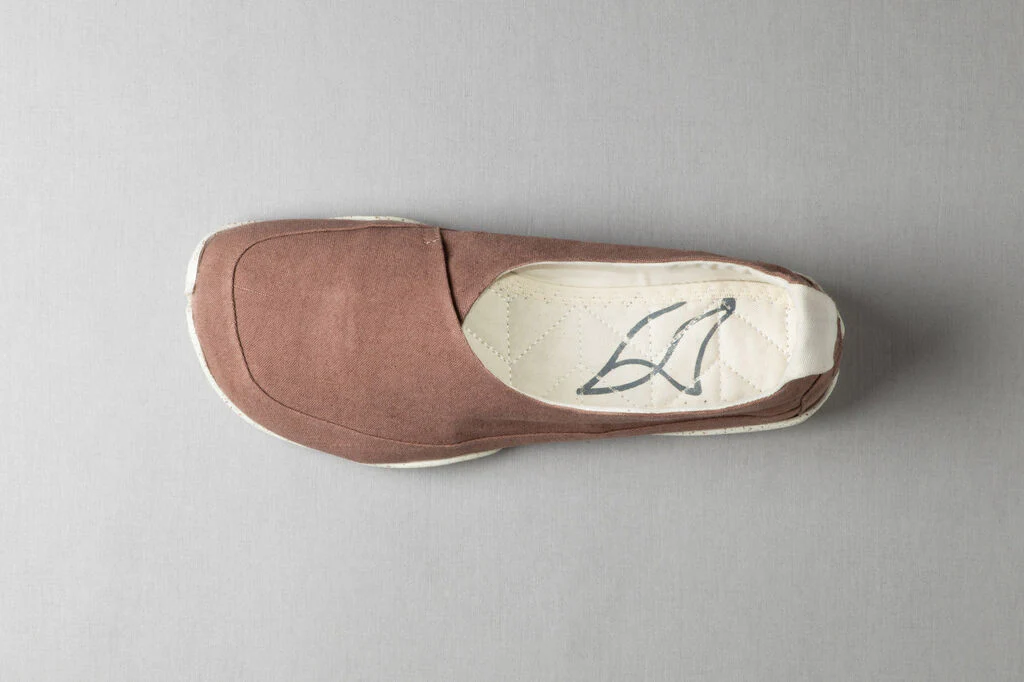
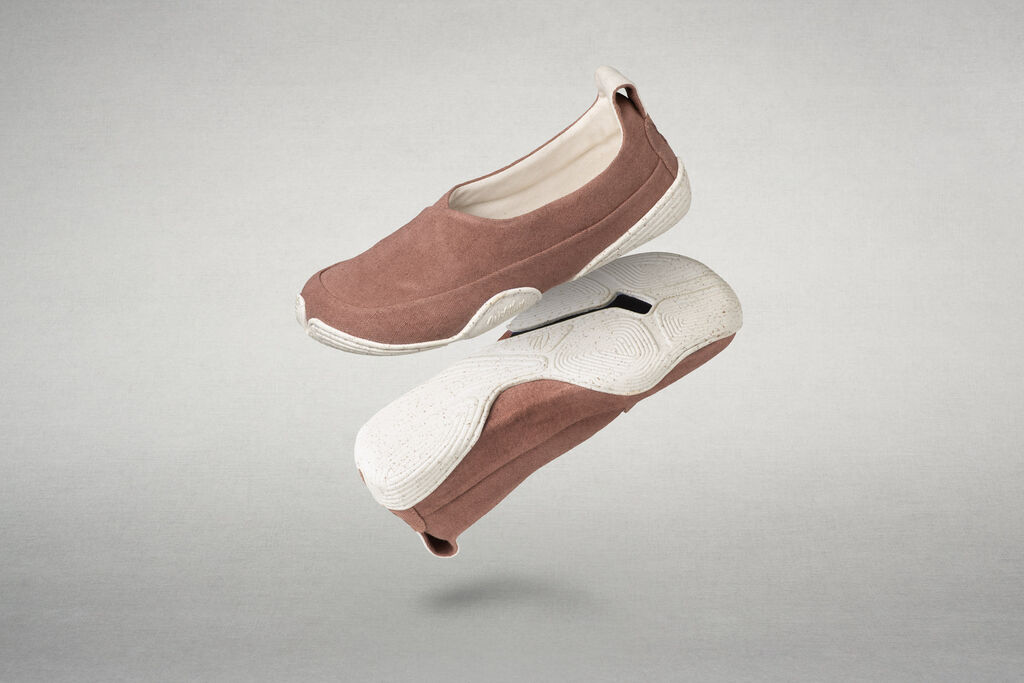
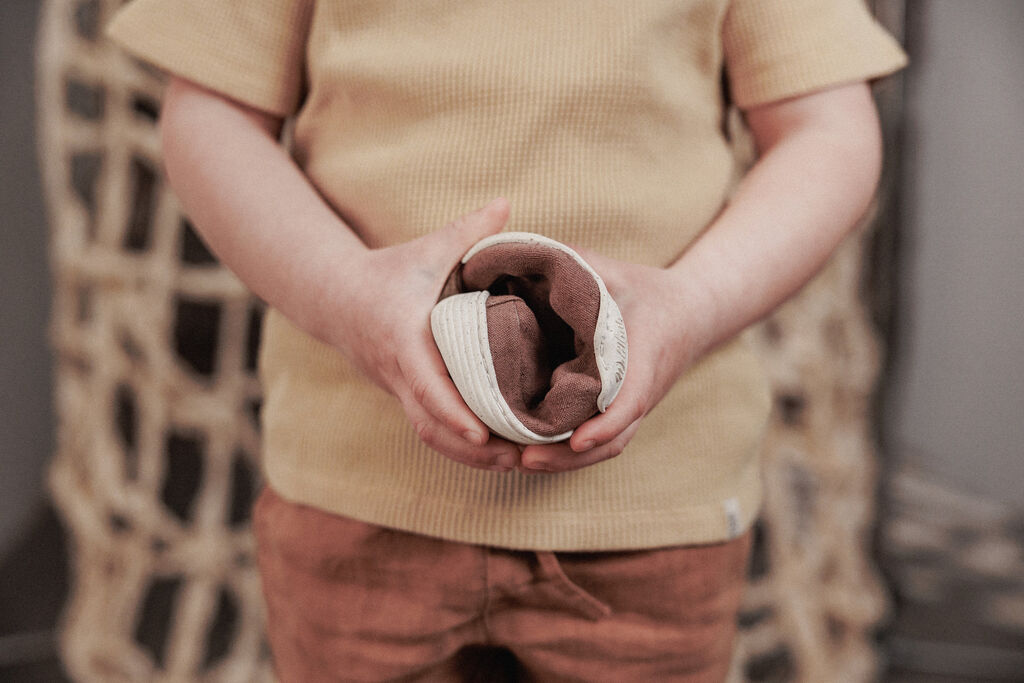
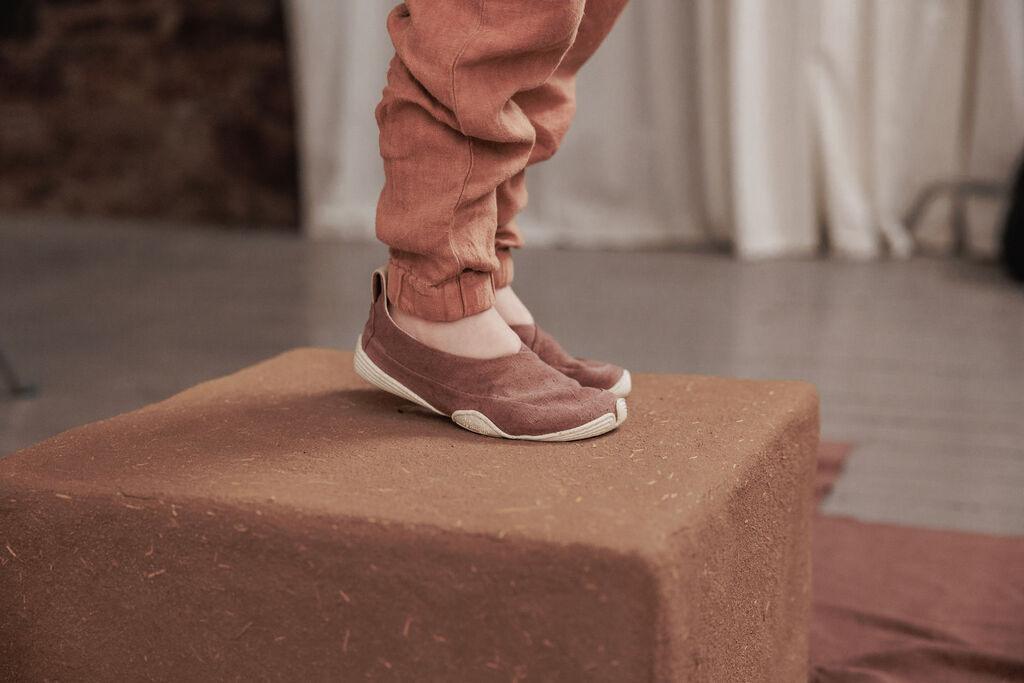
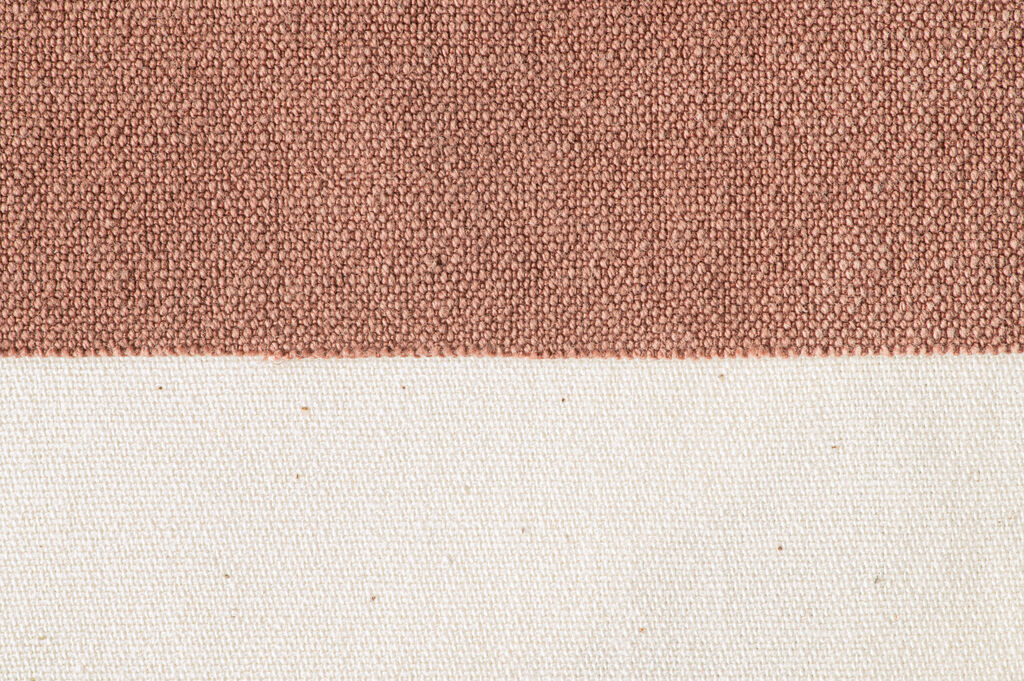
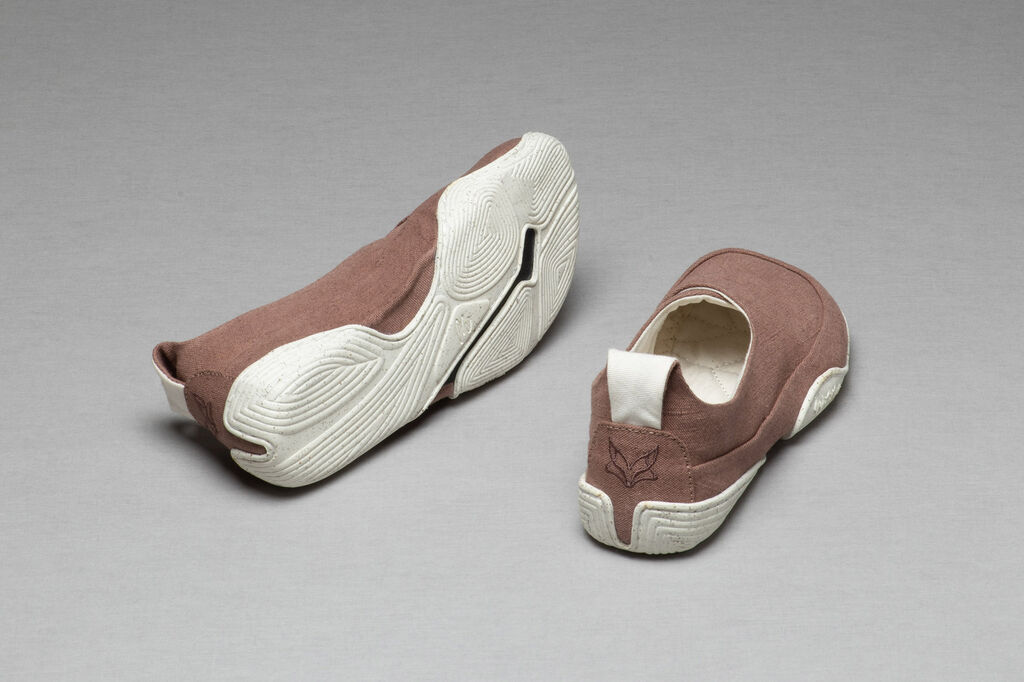
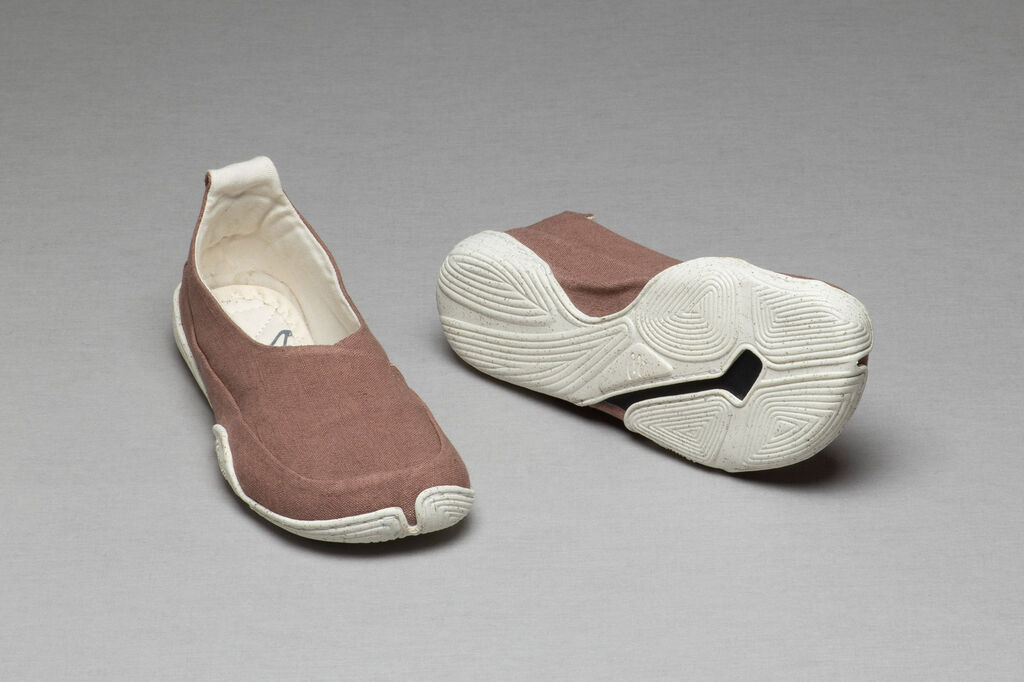
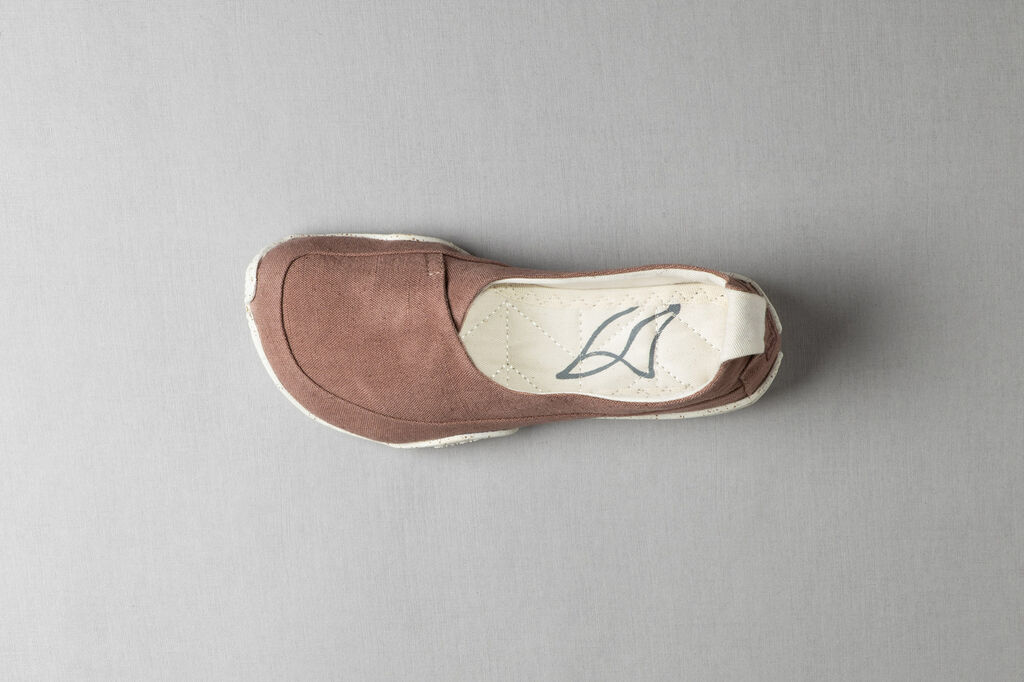

VirgoCoop x Wildling Shoes – for the love of hemp
Regeneration needs collaboration. As a Regenerative Collective, we connect with companies that share our passion for creating synergy and positively impacting our environment. Together we learn to unlearn. We listen to each other, share ideas and discuss challenges holistically. Together we create change.
VirgoCoop and Wildling Shoes are working together for the love of a long forgotten material: hemp. We are helping to build a direct supply chain from our French collaborators to source materials, as well as natural fibers, from the sustainable cult plant. All made in Europe. All part of the Re:generation.
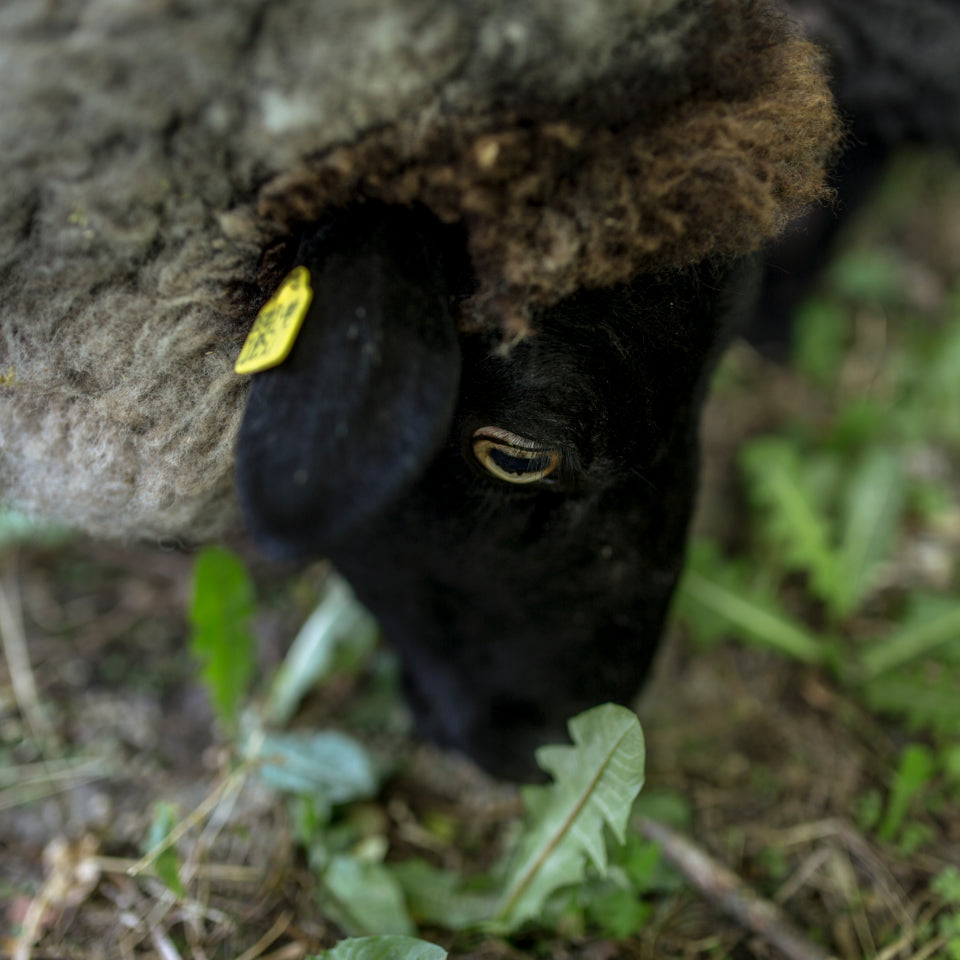
Wildling Shoes x Nordwolle – for biodiversity
Not only with hemp do we focus on transparency, collaboration at eye level and regenerative entrepreneurship, but also with the classic material wool. A good example of this is the long-standing partnership with Nordwolle Rügen: Together we are working on particularly cozy and sustainable fabric for our winter Wildling shoes and on a regenerative coexistence of sheep and humans in harmony with nature.
